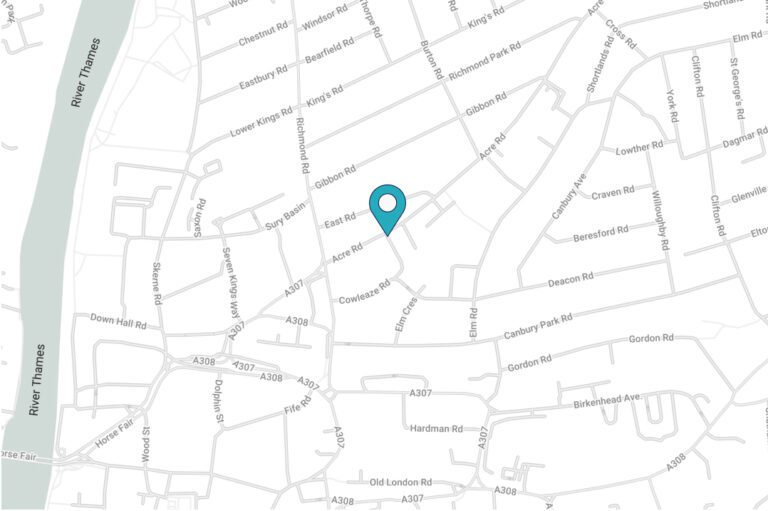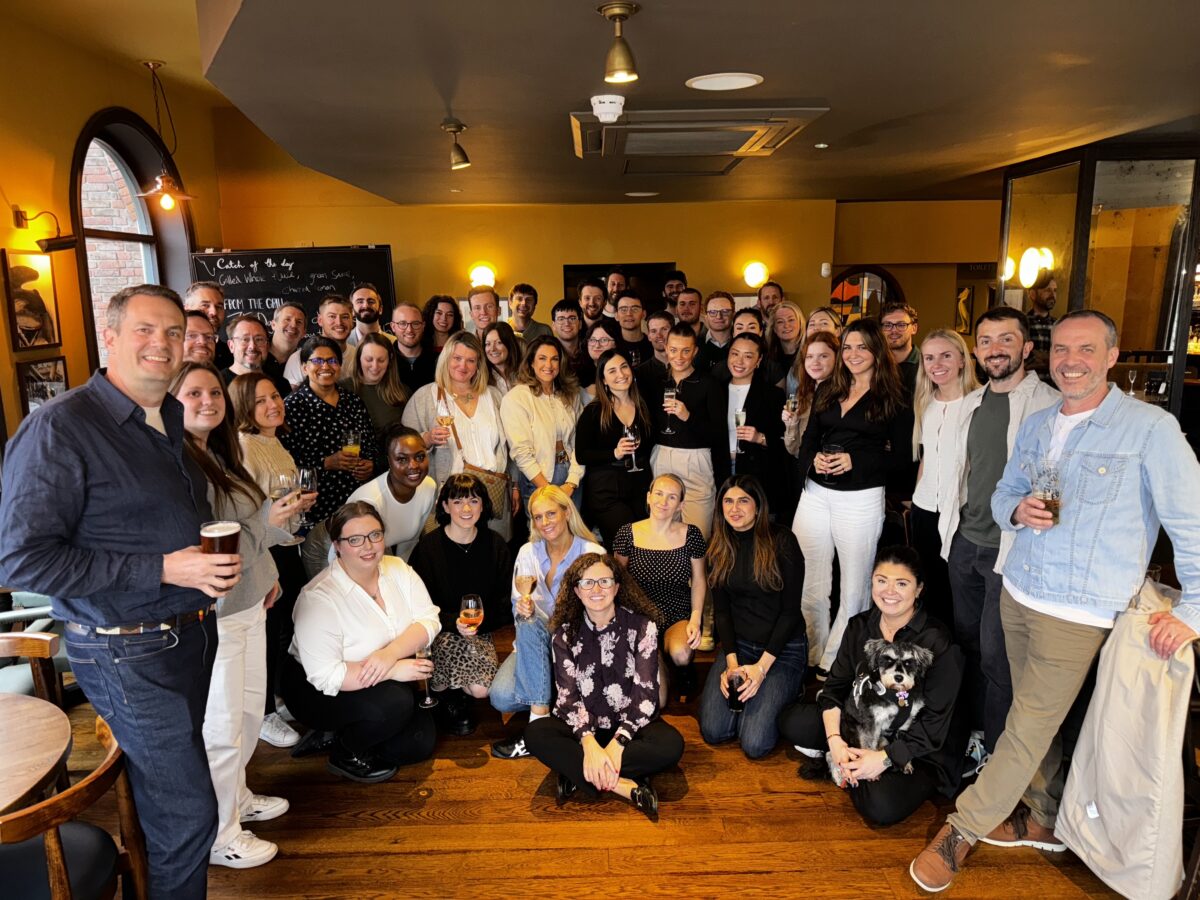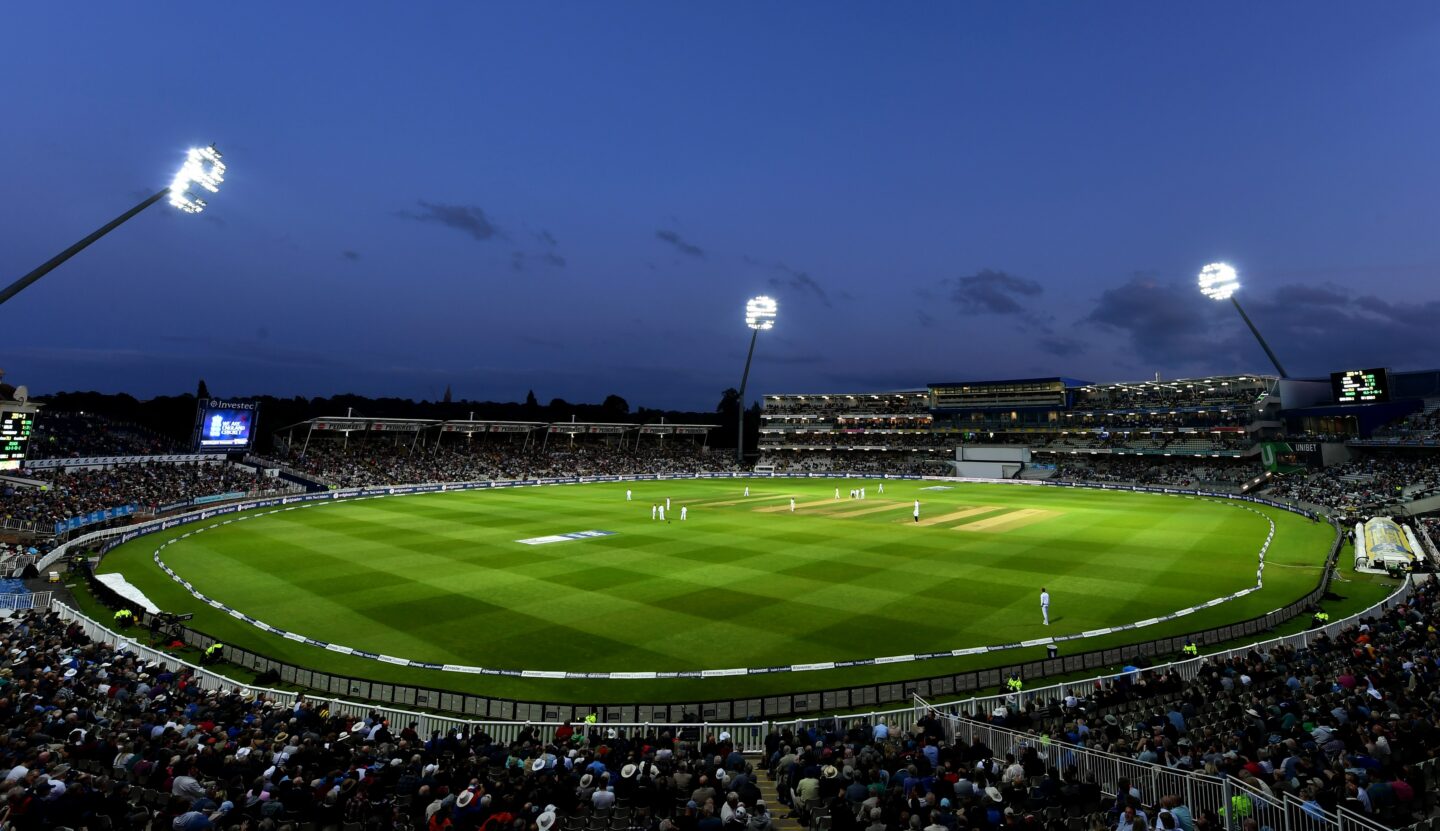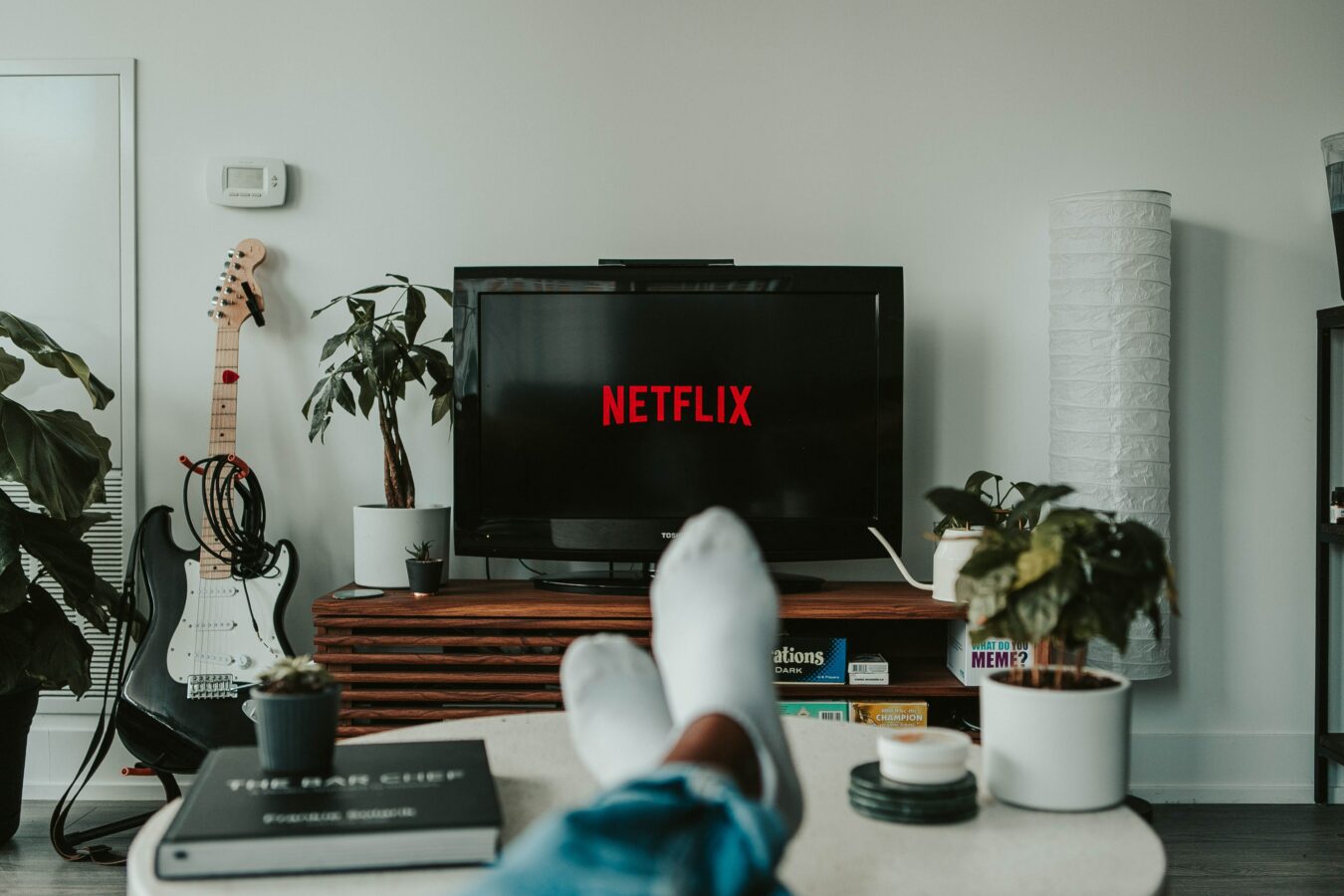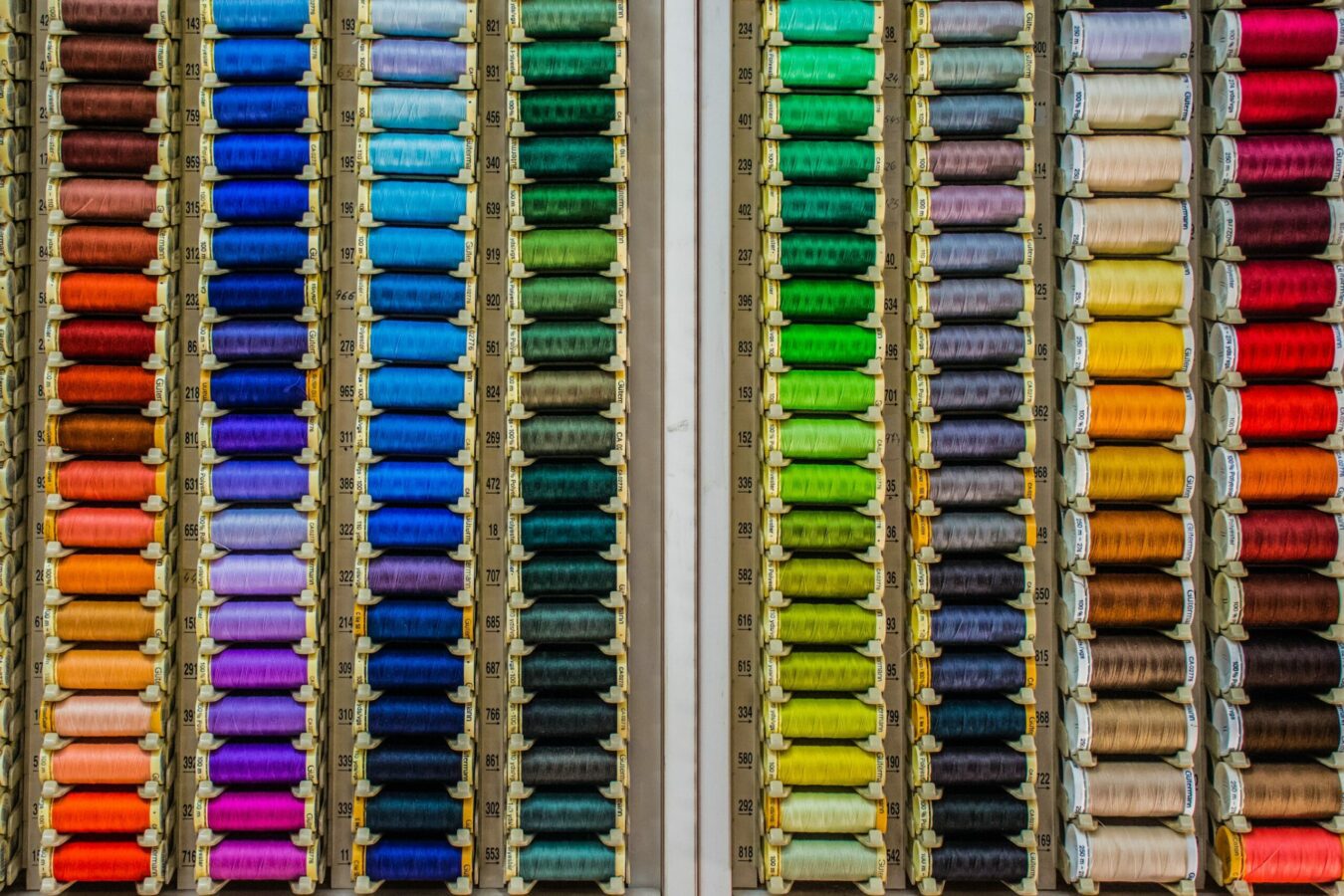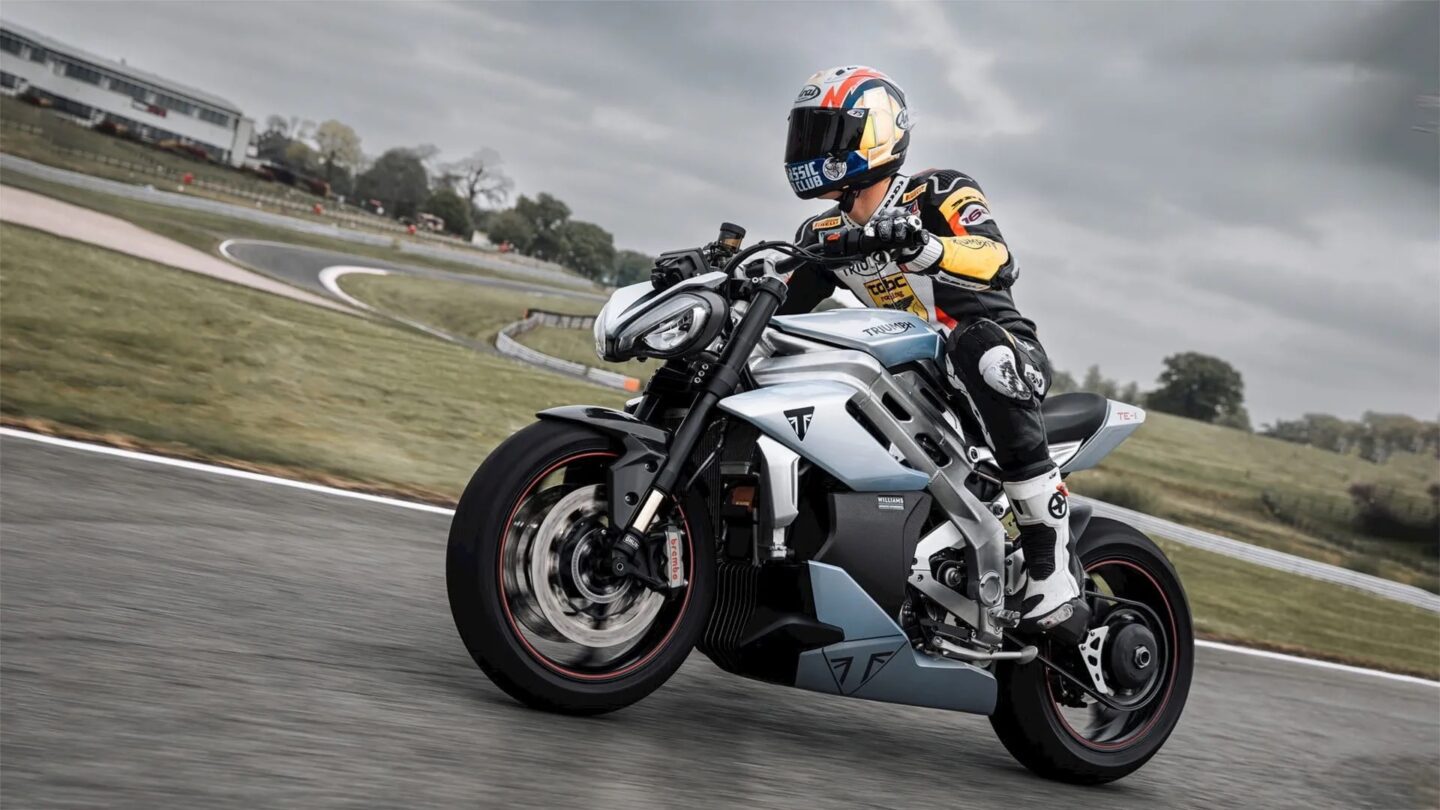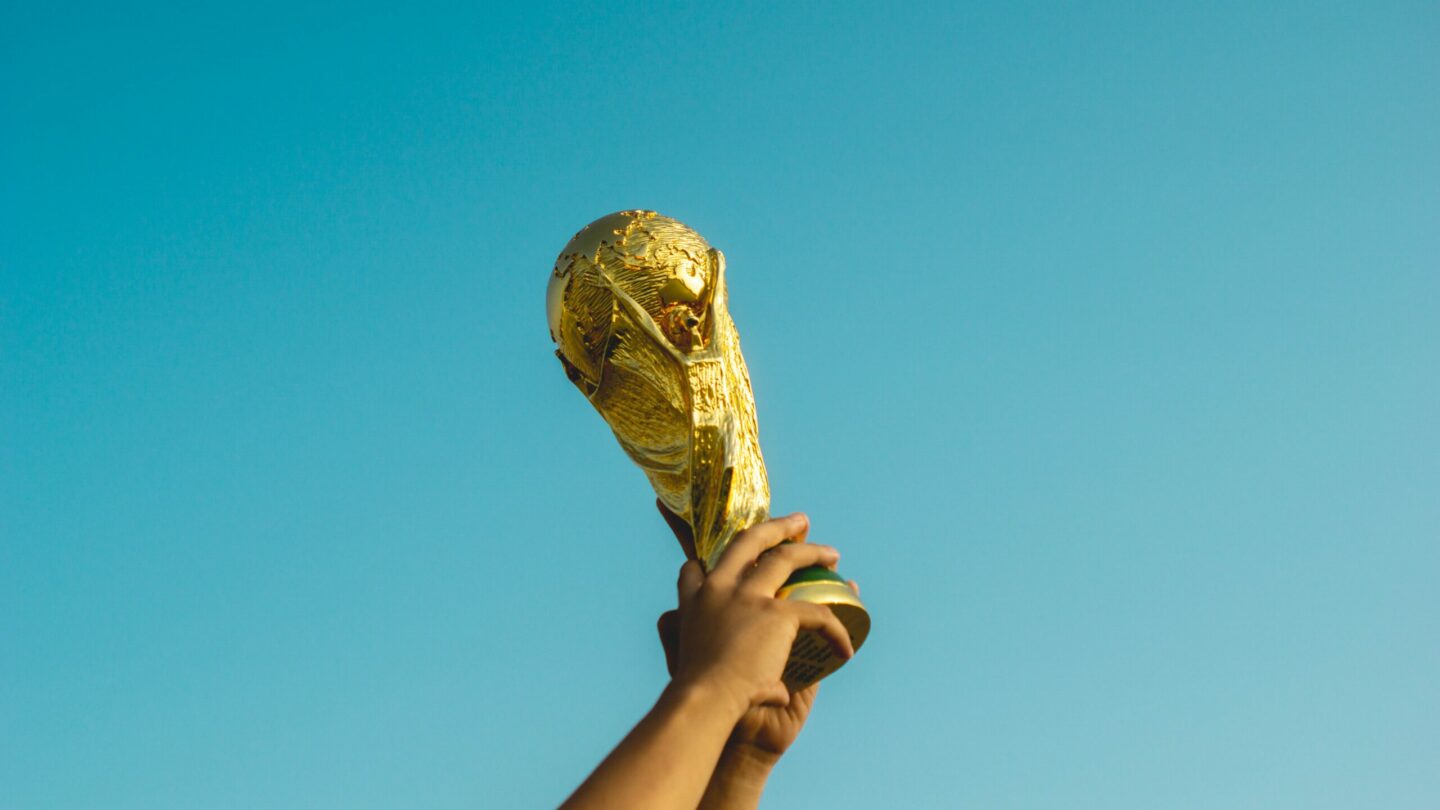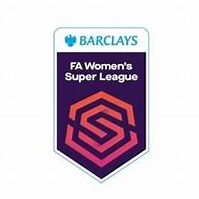
Now the crescendo of excitement of England’s Euros triumph has subsided, Nicola McKelvey takes a deeper look at the huge growth of the women’s Euros and the England team in an article that quantifies and compares the positive momentum of the UEFA Women’s Euros 2022 to previous events.
Introduction
It’s widely believed that major tournaments are an excellent way of driving interest and engagement in the sport and the athletes. Research from the Women’s Sport Trust in 2021 showed that free-to-air sports viewership was 61% higher in the years with an Olympic Games or FIFA World Cup.
This increased reach then has a positive effect on the sport, and other women’s sport, in general. Further research from the Women’s Sport Trust showed that people who watch sport tend to go on to watch other forms of sport – of the 4.9m new viewers to The Hundred in 2021, 3.5m (71%) went on to watch other women’s sport, with football and tennis the most popular choices.
And let’s not forget about the sponsors. If all this activity is having a positive effect on the women’s sporting landscape, what does this mean for the rights holders and sponsors and what do they need to do to make the most of the opportunity?
Here we look at the UEFA Women’s Euros which took place across the UK from 6th July to 31st July 2022.
The areas this report will cover are:
- Awareness, interest and engagement: media coverage, viewing figures, attendance and social media
- Sponsorship: stand-out sponsor activity
Awareness
Using Cision, we measured the number of articles about ‘women’s Euros’ in the category of ‘sports news’ in the UK.
Between 1st January 2022 and 1st August 2022, there were 2,277 mentions. Looking back to 2017 when the tournament took place in the Netherlands, between 1st January 2017 and 7th August 2017 (allowing a day after the final), there were 348 mentions. This is a 554% increase.
If we look at coverage in all media, in 2022, the number of mentions increases to 46,823, compared to 6,908 in 2017.
For comparison, we looked at the results for ‘Euro 2020’ and ‘football’, excluding ‘women’ and ‘women’s’. Perhaps unsurprisingly, there were a lot more mentions. From 1st January 2021 to 12th July 2021 (again, allowing for a day after the final), there were 15,679 mentions in ‘sports news’ in the UK. In all articles, there were 89,532 mentions.
In comparison with the previous tournament in 2016, there were 131,666 mentions in all news in the UK (looking at ‘Euro 2016’ and ‘football’ and excluding ‘women’ and ‘women’s’ from 1st January 2016 to 11th July 2016). In sports news, it was the same number.
The upwards trend in the reporting of the women’s Euros is encouraging. Perhaps more interesting is the growth potential of women’s football as the number of mentions of the men’s Euros appears to have stagnated, and indeed decreased.
We cannot compare the sentiment of the coverage around Euro 2021 with Euro 2020, given the global pandemic that was the backdrop to the men’s tournament. However, suffice to say, almost all of the coverage of the women’s game was positive.
If any, the only criticism in the lead-up to the Euros was the lack of tickets because the stadia weren’t big enough to cope with demand with global coverage including BBC, CNN and MSN.
Interest and Engagement – viewing figures and attendance
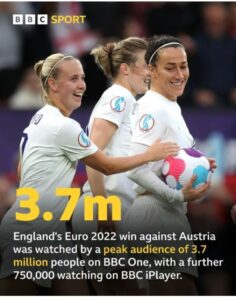 It can’t have escaped anyone’s attention that record crowds watched this year’s Tournament, both in person and on the TV.
It can’t have escaped anyone’s attention that record crowds watched this year’s Tournament, both in person and on the TV.
Each week seemed to set a new record for the number of people attending or watching a women’s football match.
England’s 8-0 victory over Norway was watched by a peak TV audience of 4.1m people, with a further 730k live streams on BBC iPlayer.
The England v Spain game saw the biggest crowd ever to attend a women’s Euros quarter-final with 28,994 people.
Germany v France saw the biggest crowd at a semi-final which didn’t involve a host nation.
The 28,624 people who went to the England v Sweden game were part of the biggest crowd at a UEFA Women’s Euro semi-final.
87,192 people attended the final, making it the most-attended match at either a men’s or women’s Euro final tournament.
Total attendance across the whole tournament was 574,875. This wasn’t quite the 700,000 the FA was targeting. However it is more than double the number of people who attended the previous tournament in the Netherlands in 2017, making 2022 the most-attended Women’s Euros of all time.
The viewing experience saw similar record-breaking stats.
The semi-final, where England beat Sweden, had a peak of 9.5m viewers. This made it the most-watched sports programme of 2022, beating the previous high of 8.2 million people who watched the men’s FA Cup Final.
The final was the most watched programme of 2022, surpassing the Queen’s Jubilee. 17.4m at peak watched the game and there were 5.9m streams on iPlayer and the BBC Sport website.
The free-to-air coverage on the BBC will have been a contributing factor to these numbers. Earlier this year, the UK’s Sports minister said he would turn the Women’s World Cup and Women’s European Championships into ‘listed events’, meaning they will stay on free-to-air television for the foreseeable future.
Interest and Engagement – social media
Social media continues to be an important platform to drive interest and engagement, before, during and after the tournament.
According to research, the Lionesses’ squad have collectively increased their Instagram following by 1.3 million over the course of the competition.
So while the @Lionesses Instagram account only has 711,000 followers, that figure continues to grow on a daily basis. Some players are more popular than others:
- Leah Williamson – 611,000 followers
- Lucy Bronze – 421,000
- Chloe Kelly – 394,000
- Alex Greenwood – 362,000
- Fran Kirby – 356,000
- Ella Toone – 351,000
There is also a separate @england account that states that it’s home to the #ThreeLions, @Lionesses and #YoungLions. It currently has 8.5m followers.
The @Lionesses Twitter account was only created in May 2016, a year after the team came third in the FIFA World Cup. It now has 352,900 followers. A lot of the team have less than 100,000 followers with some having less than 50,000 – although there are some exceptions.
- Fran Kirby – 165,000
- Lucy Bronze – 153,500
- Leah Williamson – 135,400
- Jill Scott – 114,800
The @EnglandFootball Twitter account was set up in May 2009 and now has 2.2m followers. Similar to the Instagram account, it posts content from both the men’s and women’s teams.
TikTok
Citing ‘tremendous growth in the coverage and engagement of women’s sports on the platform’ and with the hashtag #womeninsports garnering nearly a billion views, TikTok announced its sponsorship of the Euros in May 2022.
In its announcement, it said it wanted to make the women’s Euros more accessible, more engaging and more visible. From views alone, it has succeeded with the hashtag #WEuro2022 achieving 1.1 billion views.
There is no separate Lionesses account and the @England account has 3.9m followers. However, TikTok is where some of the players have been creating content to grow their own followers, with goalkeeper Mary Earps being the only player to reach more than 400,000 followers.
- Mary Earps – 435,000 followers
- Beth Mead – 187,300
- Millie Bright – 172,600
- Ella Toone – 101,300
There has been debate recently about whether the term ‘Lionesses’ should be scrapped and the team just called the England women’s football team. In a LinkedIn post from the former digital marketing manager at the FA, it was revealed that the Lionesses name was created in 2012, two years after the WSL launched. It was a way of ensuring the team stood out from the men’s football team and came to life before the women’s team played Netherlands on the same day the men’s team were playing.
In terms of social media, it certainly seems to help engagement. However, it’s interesting to see a separate account hasn’t been created on TikTok which could hint at a new strategy moving forwards.
Sponsorship
In 2017, UEFA made the decision to unbundle the rights to the women’s and men’s games and sell the commercial rights to its women’s properties separately. In 2018, Visa became the first ever UEFA sponsor of the women’s game. There are now 13 sponsors of UEFA Women’s Euros and another five brands were sponsors of Euros 2022.
There have been numerous articles written on the best ads as well as those brands who celebrated their win but there are two brands to highlight here.
The first is Nike which carried out several different activations, which will hopefully pave the way for brands involved in women’s sport.
Doing what it does best, just a few days before the tournament started, it carried out a range of large-scale projections of England players onto key landmarks in England. The ‘Never Seen’ campaign ran across the country and gave players like Lauren Hemp and Georgia Stanway huge publicity.
This was supported by a short, fast-paced film, ‘Never Settle, Never Done’ which brings to life the skill and passion of the women’s game.
It also partnered with Rebel Girls to tell the stories of inspirational female footballers to inspire the next generation These stories were also made into a book which was available for free from Nike stores.
The other brand I wanted to highlight is not a sponsor. Talented Ladies Club whose mission is to ‘unlock the professional and personal potential of women through content, training and social community, called out the gender pay gaps of six sponsors of the Women’s Euros. Booking.com had the biggest pay gap and Visa had the smallest.
This perhaps serves as a warning to sponsors of women’s sport. Similar to the work done by @paygapbot around #internationalwomensday2022, consumers will no longer accept companies paying lip service to these issues.
So if you’re a brand looking to invest in women’s sport, due diligence should be high on your list – not just of the sponsorship property but of your own company policies too.
Conclusion
While it’s hard to predict what will happen in the future, it’s safe to say that it doesn’t get better than hosting and winning a major tournament.
There are plenty of signs that this is the time to get involved in women’s sport, while it’s still a blank canvas.
The opportunities are many and varied, from grassroots to professional, athletes and teams, football to rugby to cycling and everything else. With the market set to be worth £1 billion by 2030, this is surely an opportunity that’s too good to miss?
